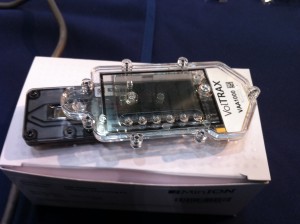The Single Cell Biology conference at the Wellcome Trust Sanger Institute is less than one month away. This promises to get very interesting, with these scientific sessions and an excellent line-up of speakers:
- Cellular decision-making at single cell resolution
- Advancing biology through single cell imaging
- Single cell genomics
- Single cell approaches in immunology
- Tissue and tumour heterogeneity
- Disruptive technologies
- Computational approaches: bioinformatics and modelling

Contact me or leave a comment if you are also going.
Single cell analysis is an exciting new market that is continuing to grow at an impressive pace. More and more established life science suppliers are waking up to the opportunity. For example, BD acquired Cellular Research and launched the FACSseq cell sorter for single cell genomics last year. Illumina and Bio-Rad have recently announced a partnership for co-development, combining Bio-Rad’s droplet partitioning technology with Illumina’s NGS.
Single cell pioneers Fludigm have had a rough streak recently and lost 87% of their stock value since April 2015, arguably from a wildly over-inflated valuation. Their strategy of creating a complete suite of tools for single cell genomics, transcriptomics and proteomics still looks sound though (more in a future Business Analysis here in the KH Innovation blog). Life sciences behemoth ThermoFisher are suspiciously absent from this market so far, but single cell analysis is firmly on their radar, according to sources in the industry. Should there be another big acquisition on the horizon?
